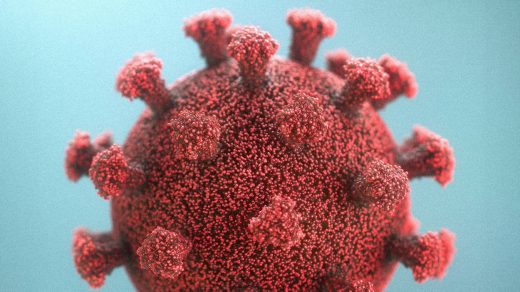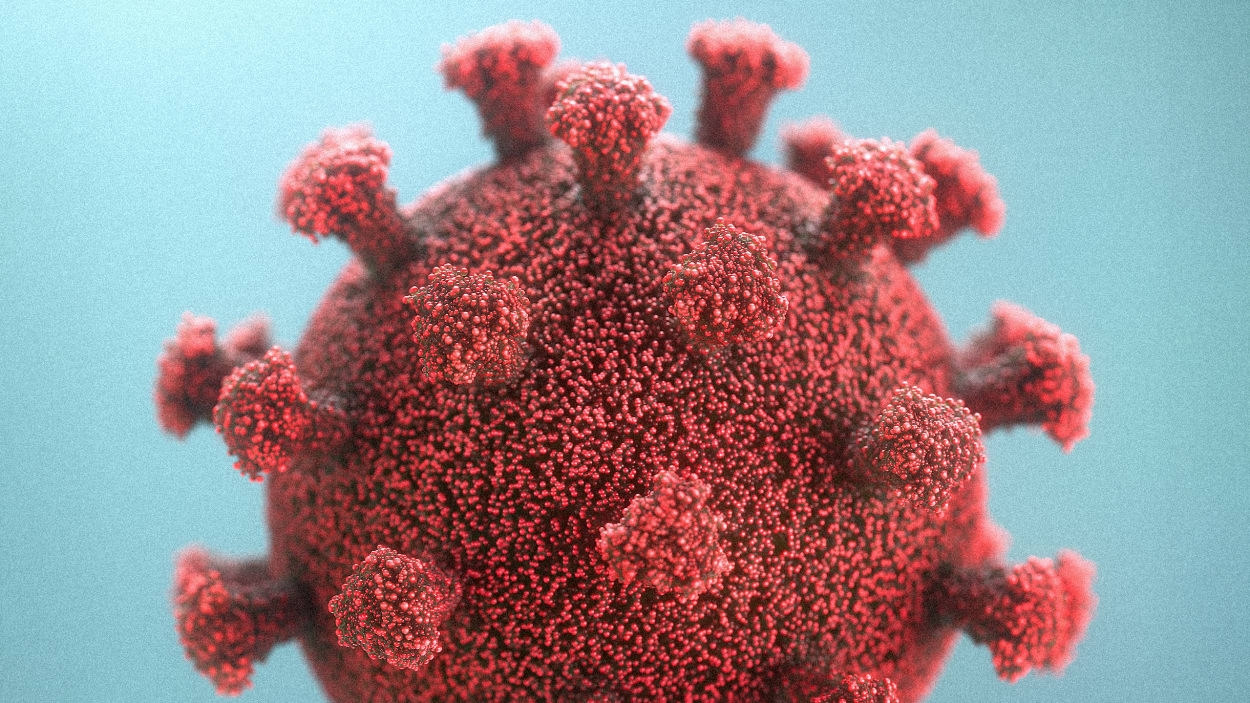What is RSV? Symptoms list, how to track, CDC updates for respiratory syncytial virus
As the winter months approach, respiratory viruses will be on the rise. That’s mainly due to people congregating indoors, which reduces social distancing and allows all types of viruses to spread more easily.
Of course, we all know to be vigilant against COVID-19 and the annual flu, but another respiratory virus is making the rounds that the elderly and parents should especially be aware of. It’s called the Respiratory Syncytial Virus, or RSV. Here’s what to know about it.
What is Respiratory Syncytial Virus (RSV)?
According to the Centers for Disease Control and Prevention (CDC), Respiratory Syncytial Virus is a respiratory virus that is quite common. But this year, RSV has health authorities more concerned than usual, especially since other respiratory viruses like flu and COVID-19 are already spreading so rapidly.
What are the symptoms of RSV?
The CDC says RSV usually presents with the symptoms you would see with the average cold. Those symptoms include:
These symptoms usually appear in stages and the first symptoms usually take between 4 and 6 days to appear.
Are those the worst symptoms?
For the average adult, yes. But for infants and the elderly, RSV can be much more serious. That’s because RSV is the most common cause of pneumonia and bronchitis in children younger than the age of one. Infants may also display fewer symptoms as well. Those are irritability, decreased activity, and breathing difficulties. The elderly are also more likely to suffer more serious consequences of RVS than younger adults.
Why is RSV a concern this year?
Mainly because it’s spreading rapidly and sending more people to emergency departments and hospitals. The CDC’s data shows that since late August, the percentage of people testing positive for RSV has skyrocketed.
How is RSV spread?
Much like COVID-19—through respiratory droplets like those from coughs or sneezes. Of course, kissing could also spread RSV, and the virus can linger on surfaces.
How can I track RSV outbreaks?
The CDC website has a page with state-by-state data, updated weekly. Just click on your state for the latest data. Your local health authority may also have its own tracking page.
Is there a vaccine against RSV?
Almost. As CNN reports, Pfizer has trialed a vaccine that protects infants against RSV. The trials show that the vaccine is about 80% effective in preventing the most severe cases of the disease in infants that are less than three months old. The vaccine would be given to pregnant mothers and not the infants themselves. Pfizer says that by the end of this year, it will submit its RSV vaccine to the Food and Drug Administration for regulatory approval.
How can I prevent RSV?
Those anti-COVID measures we are all acquainted with will help. Keep your distance from those infected. Social distance in public. Keep surfaces clean. And wash your hands often.
What should someone with an RSV infection do?
The first thing to do, the CDC says, is to keep an eye on your symptoms and call a healthcare professional immediately if the infected is “having difficulty breathing, not drinking enough fluids, or experiencing worsening symptoms.” However, the CDC also notes that most RSV infections go away on their own within two weeks. If you are infected, be sure to drink enough fluids. The CDC says you can also treat mild symptoms with over-the-counter fever reducers and pain relievers.
(28)



